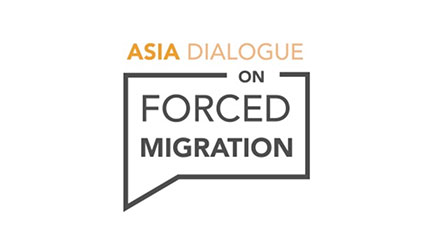The Liberal Party report into tax reform, commissioned from economist Henry Ergas, has been sitting with the Shadow Cabinet for about a year. Perhaps they doubt the electoral appeal of the ‘flat tax’ plan it outlines for personal income tax.
Australia’s current system of personal income tax is highly progressive. That means that the rate of tax increases as a person’s income increases. It is based on capacity to pay – those with more not only have the capacity to pay more, they have the capacity to pay a higher proportion of their total income. Ergas proposes to cut tax rates for higher income earners in order to ‘flatten’ this progressive tax system. Such a proposal is indeed political dynamite, and has the potential to make the tax system much less fair.
Although our tax rates are progressive, flaws in the structure of the tax code make it reasonably easy for many high income earners to take advantage of the exceptions and deductions, and the 30% company tax rate, to restructure their income and effectively pay much lower rates.
Ergas’ argument is that we should get rid of these deductions and loopholes, and use the money we save to cut the top income tax rates. He argues that this would be both simpler and fairer. Simpler, because we would know what tax people would actually pay, and because lowering the top marginal rates closer to the company rate could reduce avoidance. And fairer because all higher income earners would pay the same amount – rather than some avoiding and others paying. And of course Ergas argues it’s good for efficiency because lower tax rates would increase the incentive to work.
There are very similar arguments from the left on the inequity of current deductions. For example, the deductions for superannuation and other welfare schemes allow high income earners to take advantage of large tax breaks, but give nothing to those on lower incomes.
But there is also a difference. Ergas wants to spend the money saved on cutting the top tax rates, while most progressive commentators want to address the ‘poverty trap’ affecting low and middle income earners who are increasing their paid work. The combined effect of paying more tax as you earn more, while also losing government payments, like family benefits or rental assistance, can mean that low income workers lose almost all the extra income they earn. And these low income workers are much more sensitive to these effects than those on very high incomes are to income tax rates.
The problem with Ergas is not that he wants to make the tax system simpler and more efficient, but that his priority is cutting taxes for the rich rather than dealing with the much more urgent and challenging problem of lowering effective marginal tax rates for low and middle income earners. The proposal rests on a paradox, best summed up by John Galbraith: ‘The accepted camouflage holds that the rich aren’t working because they have too little money and the poor aren’t working because they have too much.’
Fixing the problem of the poverty trap is more difficult than giving the rich a tax cut. It means rethinking both our tax system and our welfare system. If we only support the poorest citizens, then the problem remains. Only by creating more universal and inclusive social policies can the problem be solved. But that takes more tax revenue, not less, so it’s not surprising that the Liberal Tax review looked to easier, if less fair, solutions.



